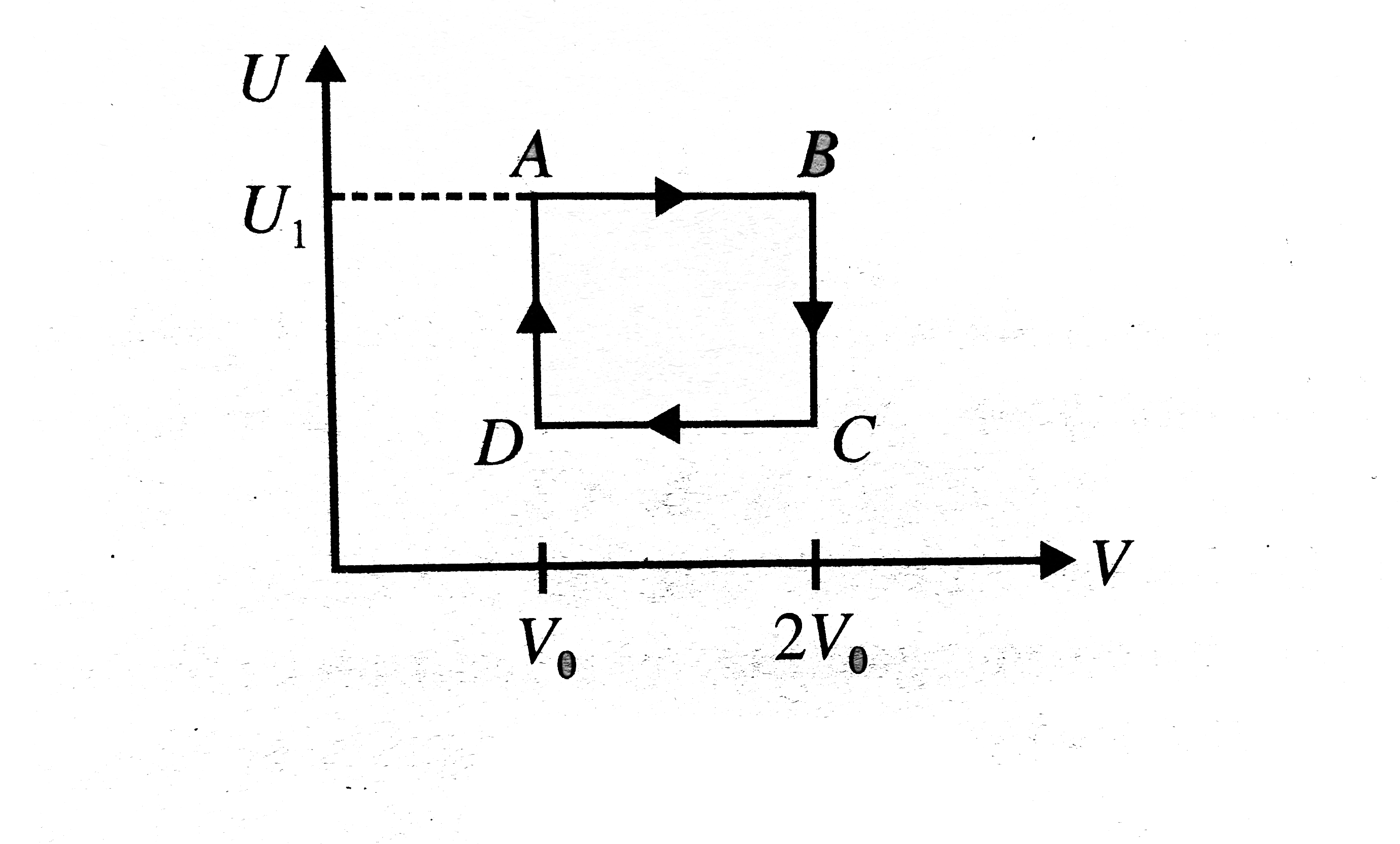The molar heat capacity for a gas at constant T and P is
32R
52R
Dependent on the atomicity of the gas
Infinity
To solve the question regarding the molar heat capacity for a gas at constant temperature and pressure, we can follow these steps:
1. Understanding Molar Heat Capacity:
Molar heat capacity (C) is defined as the amount of heat required to change the temperature of one mole of a substance by one degree Celsius (or one Kelvin). It can be expressed mathematically as:
C=dHdT
where dH is the change in enthalpy and dT is the change in temperature.
2. Given Conditions:
The question states that the process occurs at constant temperature (T) and pressure (P). This means that the temperature does not change during the process.
3. Implications of Constant Temperature:
If the temperature is constant, then the change in temperature dT is equal to 0:
dT=0
4. Substituting into the Heat Capacity Formula:
Substituting dT=0 into the molar heat capacity formula gives:
C=dH0
This expression indicates that we are dividing by zero.
5. Conclusion:
In mathematics, division by zero is undefined, which implies that the molar heat capacity at constant temperature and pressure tends toward infinity. Therefore, we conclude that:
C=∞
Final Answer:
The molar heat capacity for a gas at constant temperature and pressure is infinite.
---
Molar heat capacity (C) is defined as the amount of heat required to change the temperature of one mole of a substance by one degree Celsius (or one Kelvin). It can be expressed mathematically as:
C=dHdT
where dH is the change in enthalpy and dT is the change in temperature.
The question states that the process occurs at constant temperature (T) and pressure (P). This means that the temperature does not change during the process.
If the temperature is constant, then the change in temperature dT is equal to 0:
dT=0
Substituting dT=0 into the molar heat capacity formula gives:
C=dH0
This expression indicates that we are dividing by zero.
In mathematics, division by zero is undefined, which implies that the molar heat capacity at constant temperature and pressure tends toward infinity. Therefore, we conclude that:
C=∞
The molar heat capacity for a gas at constant temperature and pressure is infinite.
Topper's Solved these Questions
- THERMODYNAMICSBOOK - CENGAGE CHEMISTRY ENGLISHCHAPTER - THERMODYNAMICSEXERCISE - Exercise
1 Videos
- THERMODYNAMICSBOOK - CENGAGE CHEMISTRY ENGLISHCHAPTER - THERMODYNAMICSEXERCISE - Ex 6.1
26 Videos
- STOICHIOMETRYBOOK - CENGAGE CHEMISTRY ENGLISHCHAPTER - STOICHIOMETRYEXERCISE - Archives Subjective
33 Videos
Similar Questions
Knowledge Check
The ratio of the molar heat capacities of a diatomic gas at constant pressure to that at constant volume is
A75B32C35D52
One mole of an ideal gas has an internal energy given by U=U0+2PV , where P is the pressure and V the volume of the gas. U0 is a constant. This gas undergoes the quasi− static cyclic process ABCD as shown in the U−V diagram. The molar heat capacity of the gas at constant pressure is

View Solution10 moles of a gas are heated at constant volume from 20∘C to 30∘C. Calculate the change in the internal energy of the gas. The molar heat capacity of the gas at constant pressure, Cp=6.82calK−1mol−1 and R=1.987calK−1mol−1.
View SolutionOne mole of an ideal gas has an interal energy given by U=U0+2PV , where P is the pressure and V the volume of the gas. U0 is a constant. This gas undergoes the quasi− static cyclic process ABCD as shown in the U−V diagram.

The molar heat capacity of gas at constant pressure is
View SolutionLet (Cv)and(Cp) denote the molar heat capacities of an ideal gas at constant volume and constant pressure respectively . Which of the following is a universal constant?
View SolutionDefine molar specific heat capacities of a gas at constant pressure and constant volume. Why are they called 'principal specific heat capacities?
View SolutionCvandCp denote the molar specific heat capacities of a gas at constant volume and constant pressure, respectively. Then
View SolutionCvandCp denote the molar specific heat capacities of a gas at constant volume and constant pressure, respectively. Then
View Solution
